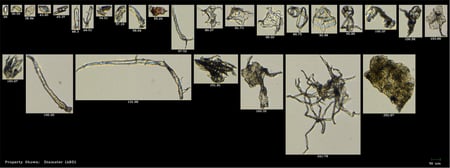
Microplastics are ubiquitous. They result from the breakdown of larger plastic waste (plastic bottles, bags, straws, glitter, fishing nets, …
Read Post
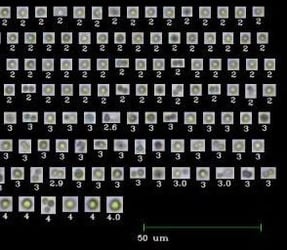
Large-scale, commercialized microalgae cultivation and harvesting processes that are used to produce algae-based biofuels are resource-intensive. …
Read Post
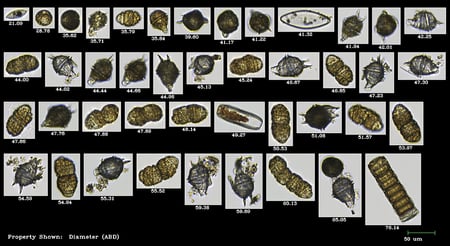
How do you analyze algae populations? Algae analysis is simplified using FlowCam's image analysis software VisualSpreadsheet®. While manual …
Read Post
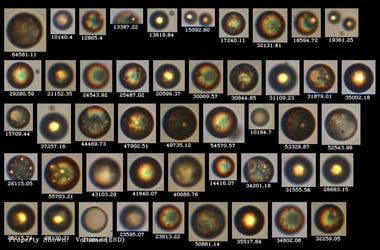
How do you perform Oil in Water analysis? Flow Imaging Microscopy provides more comprehensive data than laser diffraction, beyond just count and size …
Read Post
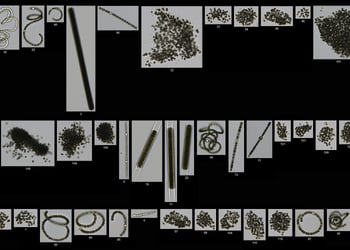
Our ability to predict and prevent harmful algal blooms is directly related to our ability to study and understand cyanobacteria. Numerous studies …
Read Post
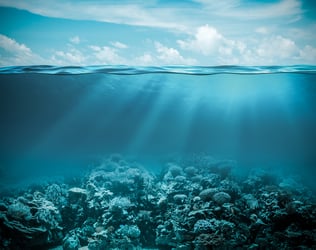
The FlowCam was born from a dream to develop a faster flow cytometer for marine phytoplankton research. In the mid-1990s, the best method for …
Read Post

March 2019 — Harmful algal bloom (HAB) season is fast approaching. The City of Wichita Falls, Texas, however, has developed an integrated approach to …
Read Post
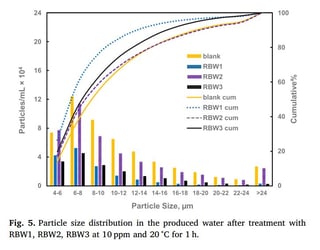
A study by Baker Hughes demonstrates how FlowCam® imaging particle analysis technology is a more informative method than spectrophotometry in …
Read Post
Proteinaceous particles in parenteral drugs pose an immunogenic risk. These formulations are therefore rigorously characterized for optimal …
Read Post
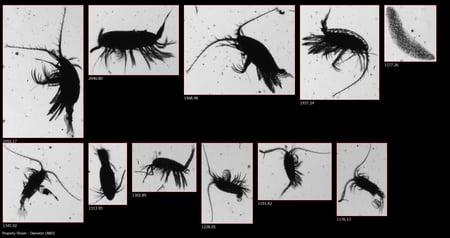
December 2018 — Can microplastics be mistaken for algae? A recent study by the University of Plymouth and the Plymouth Marine Laboratory demonstrated …
Read Post
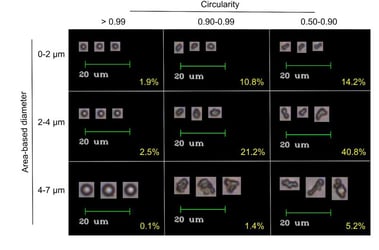
December 2018 — A recent study by researchers from the University of New England and University of New Hampshire has demonstrated that flow imaging …
Read Post
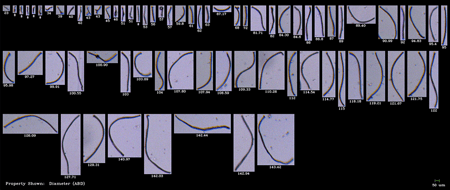
Microplastics are a ubiquitous concern for the world's oceans. Increasing demand for consumer plastics has resulted in an estimated 4.8 to 15.11 …
Read Post






